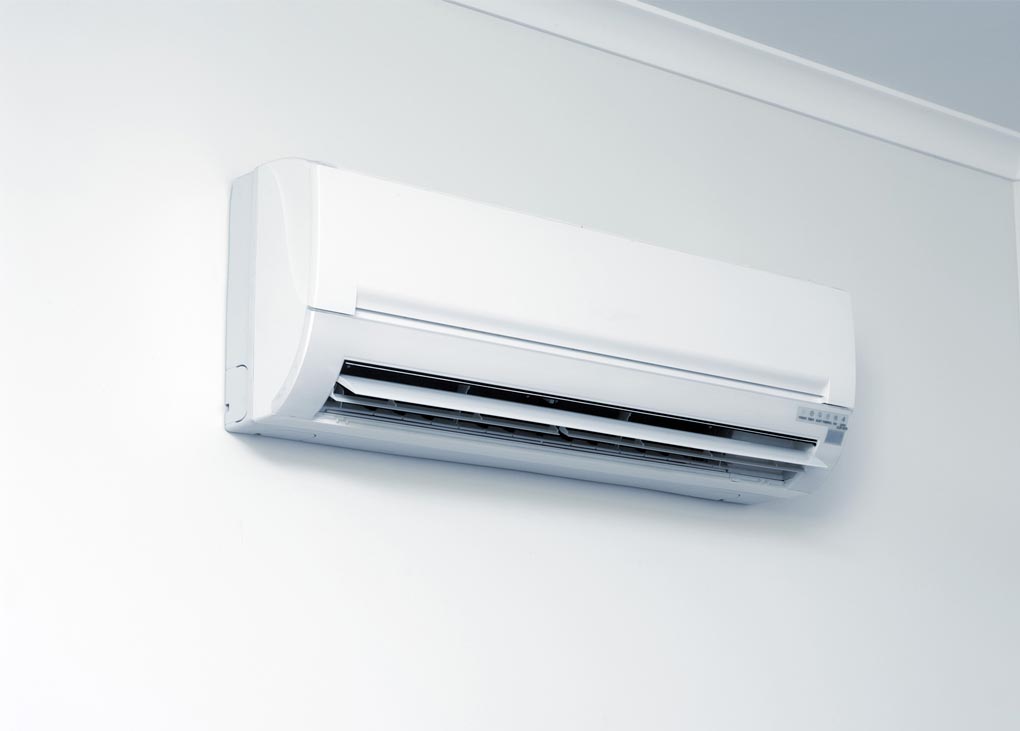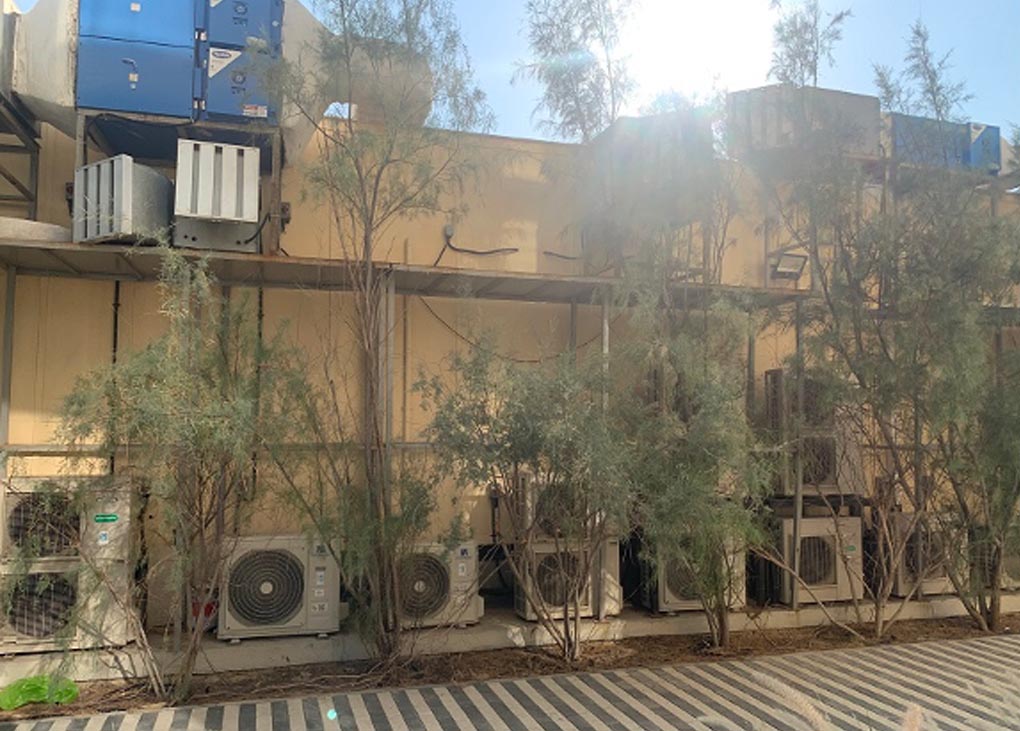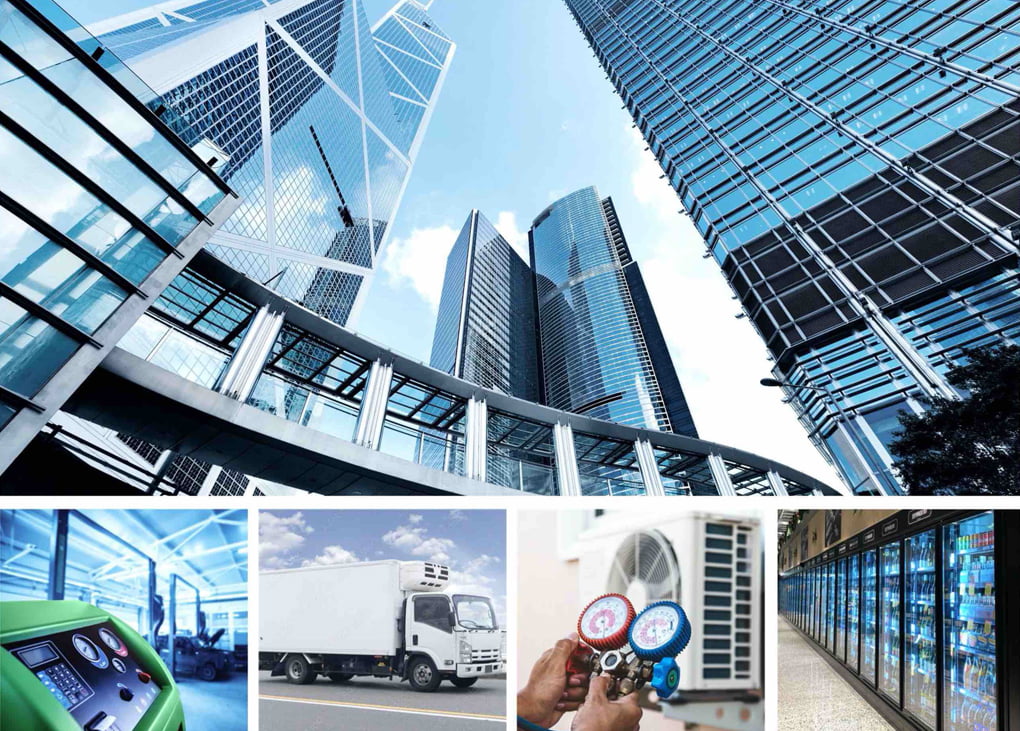Page 1
Tag: R410A
-

Ban on small AC finalised – plus new penalties
The federal government has amended The Ozone Protection and Synthetic Greenhouse Gas Management Regulations to ban the import and manufacture of small air conditioning systems using high-GWP refrigerants.
-

COP28 criticised for unsustainable cooling
The EIA has called out the organisers of COP28 for using air conditioners with “climate wrecking” HFC and HCFC refrigerants.
-

Australia to ban high-GWP refrigerants in small AC
The Australian federal government intends to implement restrictions on small air conditioning equipment with high global warming potential (GWP) refrigerant. From July 1, 2024, Australia will ban the import and manufacture of small air conditioning equipment using refrigerant with a GWP over 750. This ban will apply to equipment with up to 2.6kg refrigerant charge […]
-

CFCs on the rise again?
A new study has found increased emissions of chlorofluorocarbons (CFCs), despite their production being banned under the Montreal Protocol. The researchers say the most likely cause is a “loophole” that allows the creation of CFCs during the production of other chemicals, including common synthetic refrigerants. The research, published in Nature Geoscience and led by the […]
-

Propane AC could help avoid global temperature rises
A report published at the Proceedings of the National Academy of Sciences (PNAS) has highlighted the emissions that could be avoided by switching to propane as a refrigerant in split-system air conditioners. The research team estimates that such a transition could avoid a 0.09°C increase in global temperature by the end of the century. Global […]
-

Refrigerant report underlines need for further efforts
The latest Cold Hard Facts report, just released, confirms that Australia has now very likely passed “peak bank” in terms of both total volume of refrigerant and its GWP value. But it also highlights segments of the refrigerant market that may require more attention, and the need for ongoing effort to restrict emissions. Since 2007, […]
-

Improving refrigerant recovery from split systems
A new report from Refrigerant Reclaim Australia (RRA) has highlighted the concerning volume of refrigerant lost when split systems reach end of life in Australia. It estimates that each year, hundreds of tonnes of refrigerant are not being reclaimed. Factoring in the global warming potential of the gases, this could equate to more than a […]
-

AIRAH backs further action on high-GWP refrigerants
AIRAH has backed a federal government proposal to ban the import and manufacture of small air conditioners with high-GWP refrigerants – and called for similar actions in other classes of equipment. The ban on small air conditioners with high-GWP refrigerants would complete the transition – already well under way – from R410A to R32 and […]
-

Government eyes ban on high-GWP air conditioners
The Ozone and Climate Protection Section of the Australian Department of Agriculture, Water and the Environment is seeking industry input on a proposal to limit the import and manufacture of small air conditioning units using high global warming potential (GWP) refrigerants. The approach would ban the import and manufacture of small air conditioning units using […]
-

The new successor to R410A?
The American Society of Heating, Refrigerating and Air Conditioning Engineers (ASHRAE) has given Honeywell’s new stationary air conditioning refrigerant R466A (also known as Solstice N41) the official designation A1 – non-toxic and non-flammable. The classification could be a key factor for manufacturers deciding which refrigerant to use in their systems in the medium-term. As a result of […]
-

Crackdown on refrigerant offences
The Department of the Environment and Energy has issued a number of fines for offences under the Ozone Protection and Synthetic Greenhouse Gas Management Act 1989. A New South Wales-based refrigeration mechanic has been fined $2,520 for discharging R410A while installing an air conditioning system. According to the Department, the offender holds a permit issued […]
-

Polaris re-launches R22 retrofit solution
Sydney-based Polaris Technologies has re-launched a popular R22 retrofit option for HVAC systems. The Polaris “Intelligent Series” allows you to upgrade only the outdoor unit. Existing pipework and the indoor unit remain. Polaris Technologies director Tony Power, Affil.AIRAH, says that these systems are well proven in Australia. “A patented Australian technology based around the sophisticated […]
-

Honeywell announces “breakthrough” non-flammable AC refrigerant
Honeywell has announced a new non-flammable refrigerant called Solstice N41 for stationary air conditioning systems that it says could replace R410A, and could also potentially be a rival for R32. The HFC phase-down has prompted the search for alternatives to high global warming potential (GWP) gases such as R410A. At present, many original equipment manufacturers […]